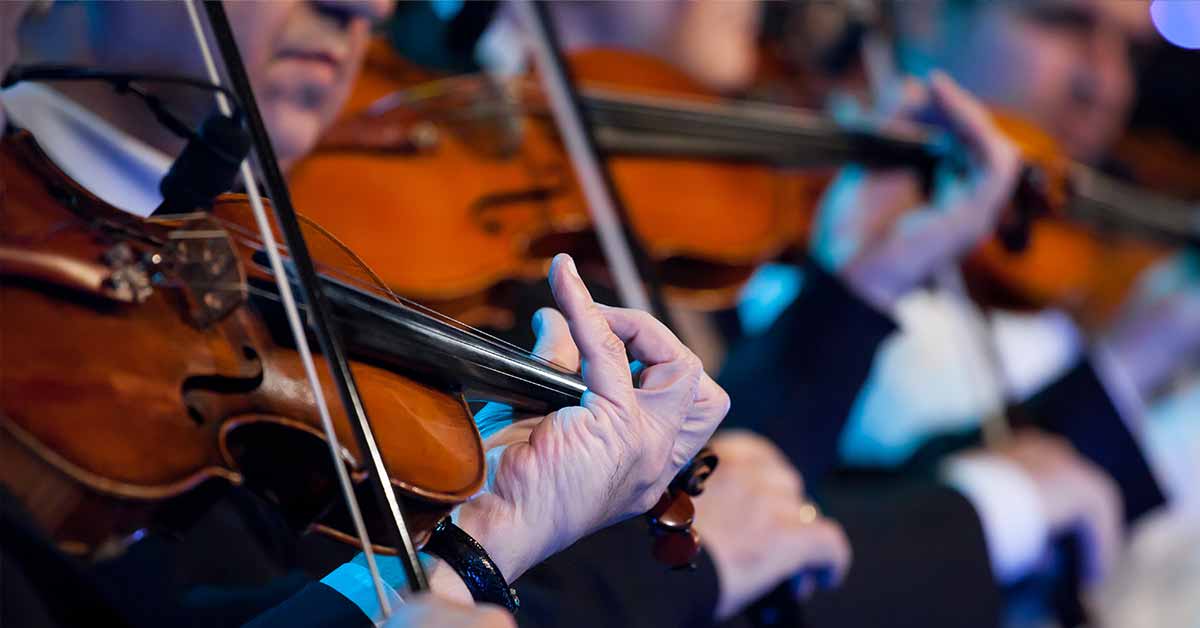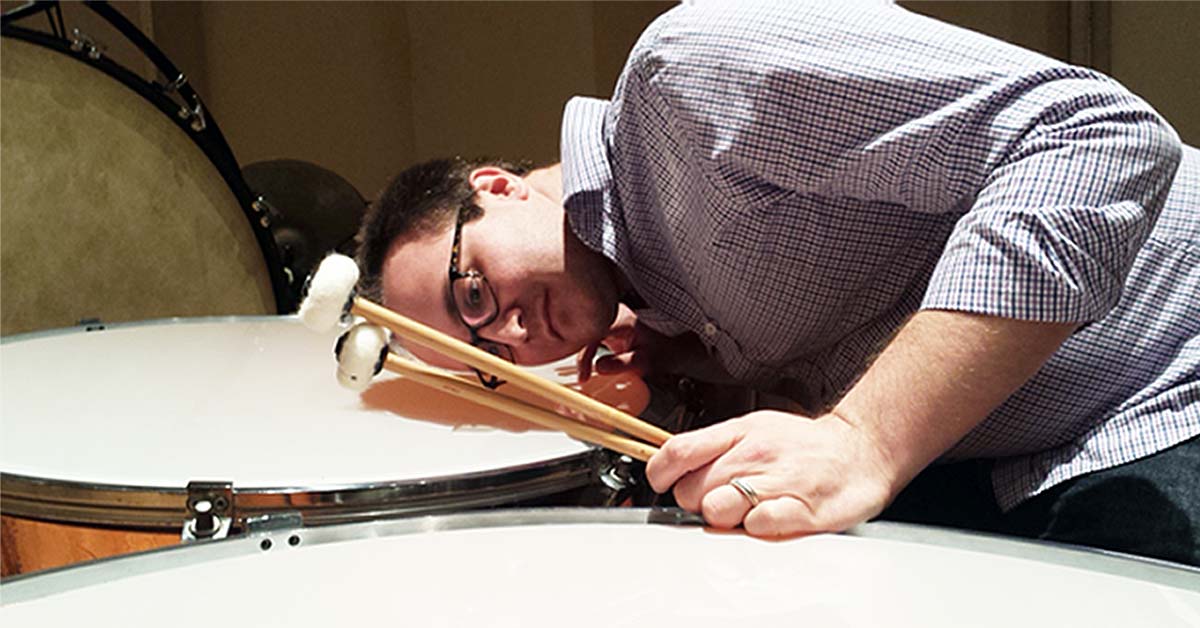As a violinist, every now and again I come down with a classic case of trombone envy. Warning signs include angst about the amount of notes I have to play, yearning for a naturally louder instrument, and worst of all, utter frustration over why the trombone isn’t used in half of a symphony. On more than a few occasions I catch myself thinking ‘this isn’t fair’ as I rub my tired arms during rehearsals.
String players, violins in particular, usually slave away for an entire piece while the trombone players get to sit for 40 minutes and come in for just “the good stuff” in any given symphony. The good stuff is what my parents used to call it when the brass would come in at the end of a symphony and dominate the scene making the audience jump to their collective feet at last loud chord.
Why should they get all the glory? What about all of those lyrical, slow, and quiet movements? Shouldn’t those beautiful passages inspire as much adoration in listeners as the visceral, fast, and loud movements? Much of my trombone envy was developed early in life through my trombonist brother so perhaps it’s more of a sibling rivalry issue fueled by my parents dubbing the trombone laden passages as the good stuff.
This week I started experiencing the classic symptoms again while pounding out note after note for a very long and taxing symphonic work. You can’t help but observe the trombones sitting for awhile and then dominating the sea of violin notes once they enter.
Does envy get the better of me this time around? No, although my trombone sibling might be the source of some of my envy, that close relationship provided an unfiltered look very early in life at what the grass really looks like on the other side of the fence. In particular, I’ve grown to appreciate the inherent skills that go into perfecting an instrument that doesn’t have to play a multitude of notes. For example, even though string players have playing issues related to endurance, it is every bit as difficult as sitting for 40 minutes waiting for a split-second cue and being expected to play the first note in-tune and with a perfect blend.
Even though I’ve learned to appreciate this early in my career, trombone envy can be tempting. Fortunately, a piece of new music will come along and remind me of what I already know. This happened quite recently where I had the rare joy of sitting without playing for an extended amount of time. While I sat and waited for what seemed like an eternity, my concentration dipped. I was swept away by admiring the wonderful melodies played by other sections but that steadily evolved into wondering if I had turned off the oven before leaving for the concert.
At that point my fingers got cold and I had to turn my attention to sitting on my left hand to keep it warm. Just as my hand was started to warm, I realized that I wasn’t entirely certain where we were in the piece. Right then, it dawned on me again that this is what it must be like for the majority of brass and wind players.
This is what skilled trombonists (and every other brass, wind, and percussion player) experience most of the time during long durations of waiting and it is not fun. Instead, it is a stressful period of tedium and takes a refined skill to enter as if one had been warmed up and playing the whole time.
Even though my sore shoulders and back pain inspire a bit of trombone envy during my rehearsals and concerts this week, the feelings are quickly supplanted by appreciation as I listen to some fabulous low brass players performing flawlessly after sitting quietly over a prolonged period of rest. Whether they know it or not, these players have a secret fan.










